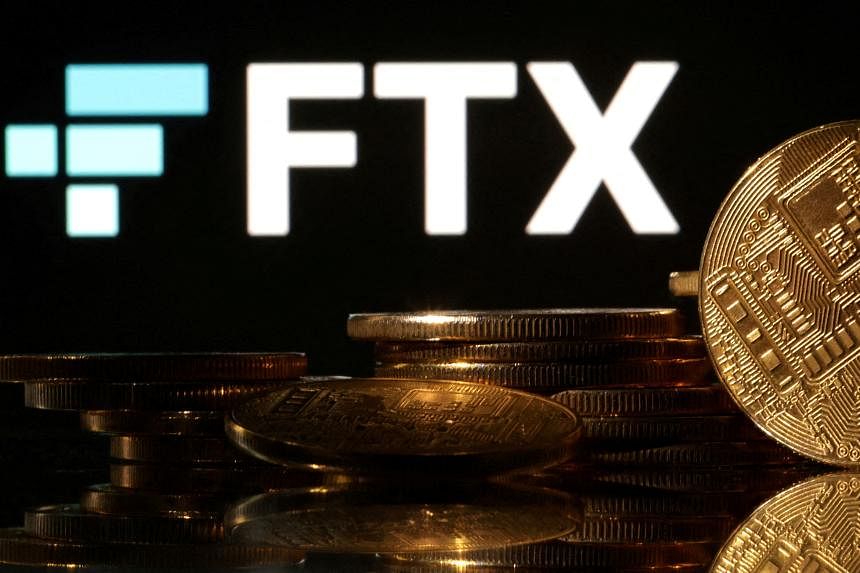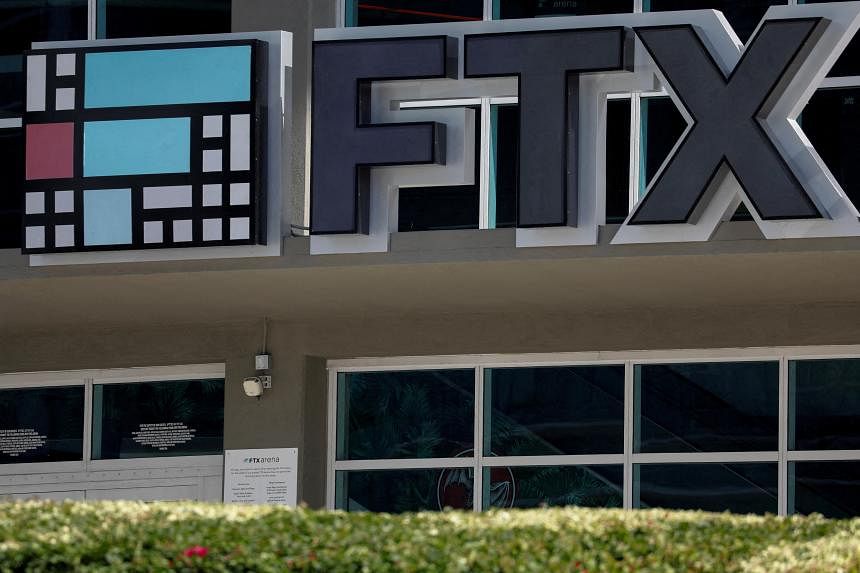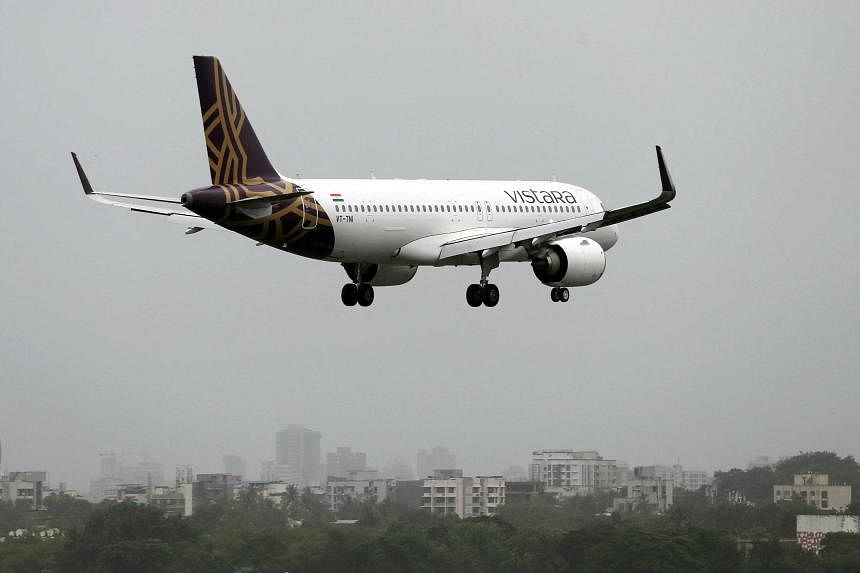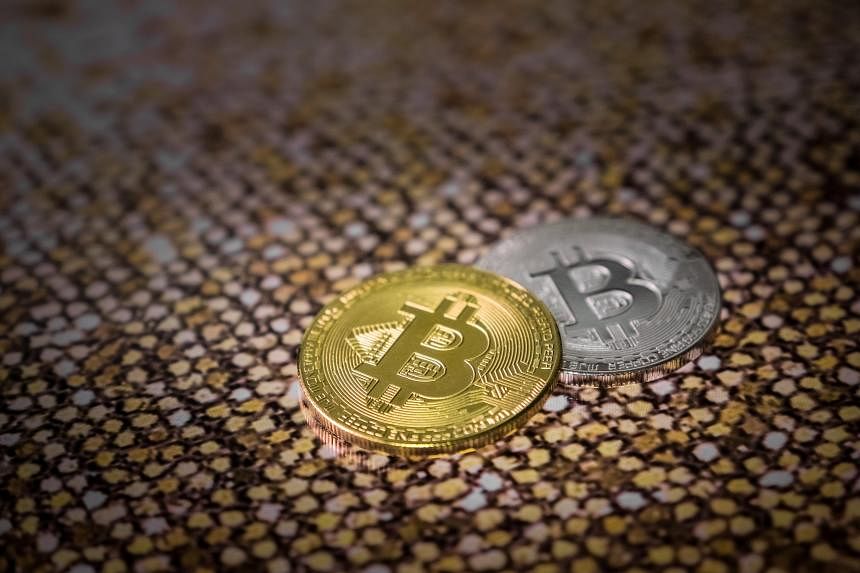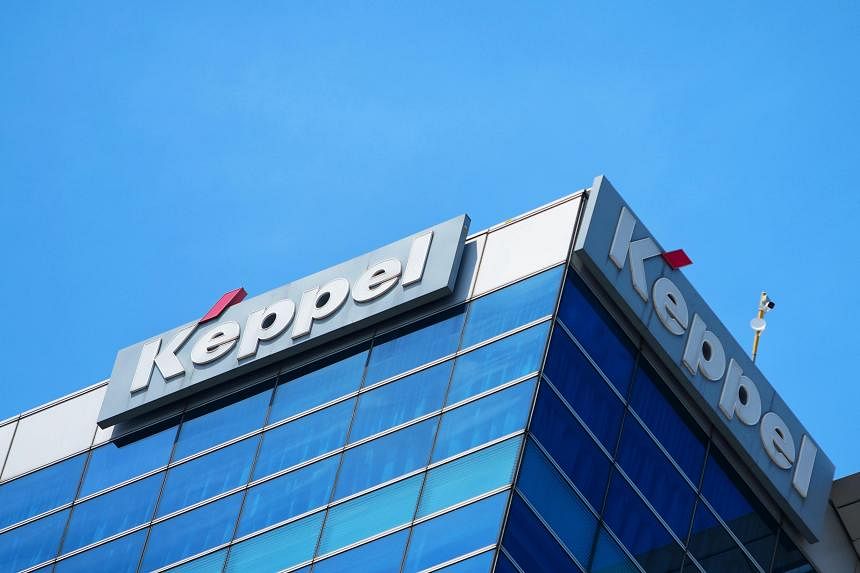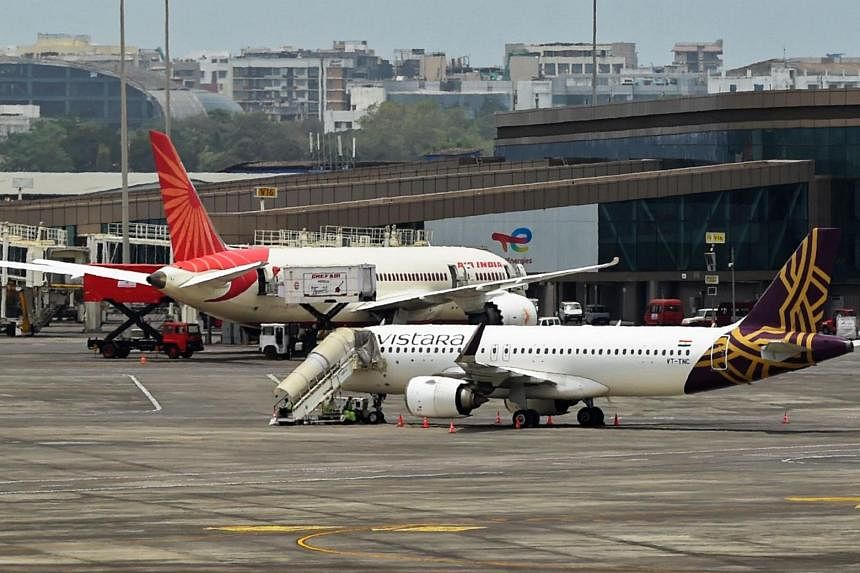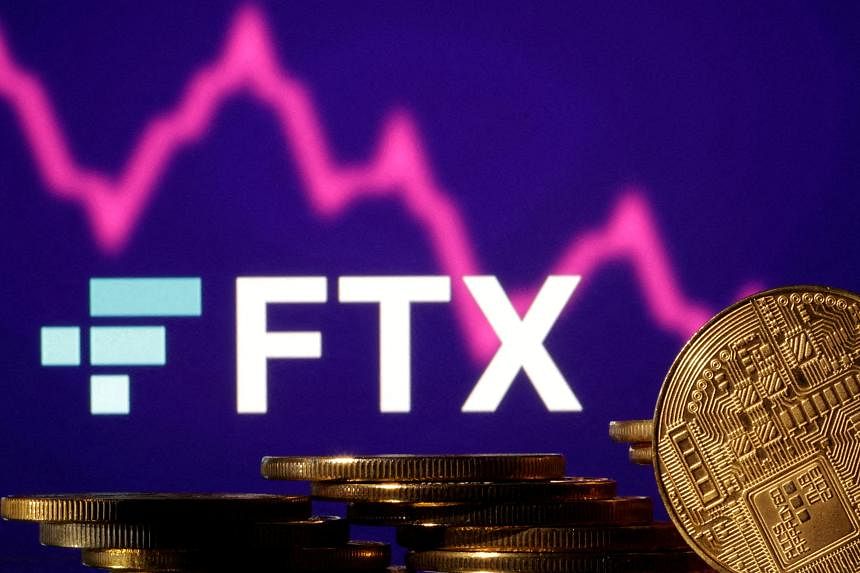- Joined
- Jul 25, 2008
- Messages
- 15,199
- Points
- 113
Ho Ching breaks silence over Temasek’s write down of its US$275 million investment in FTX, says it “can afford to be contrarian”
ByThe Online Citizen
-
26/11/2022
https://www.theonlinecitizen.com/20...t-in-ftx-says-it-can-afford-to-be-contrarian/

SINGAPORE — Mdm Ho Ching has broken her silence over the write-down of the US$275 investment by Temasek Holdings into bankrupted cryptocurrency FTX in a Facebook post on Saturday (26 Nov).
Mdm Ho who is the former Chief Executive Officer of the Singapore sovereign wealth fund for more than 18 years, wrote, “A loss is a loss, and always painful”.
She added, “A loss in what may turn out to be a badly managed company without adult supervision is egg on our face.”
“I am glad that Temasek has made a clear decision to write down this investment to zero.
This helps clear the head on what to do as a next step, without being blinkered by wishful thinking.”
ADVERTISEMENT
Mdm Ho who is also the spouse of Singapore Prime Minister Lee Hsien Loong acknowledged that it does not mitigate the loss or reduce the pain by saying BlackRock or Softbank or Sequoia also invested in FTX.
She noted that some of Temasek’s best investments were made by being contrarian, although she did not name examples of such investments.
Mdm Ho goes on to state, “And Temasek can afford to be contrarian bcos it has its own balance sheet and can think long term.”
“With a long term stance, and all the pros and cons that come with that stance, Temasek is not fazed by the twiddles and sentiments of the market.”
Temasek in its statement on 17 November, noted that the sum of US$275 million that was written off was 0.09% of its net portfolio value of S$403 billion as of 31 March 2022.
Mdm Ho pointed out that FTX is not a market volatility issue, and is a reminder that good intentions are not good enough.
“And we need to be clear minded about the risks with FOMO too. Let’s keep calm, as we continue to tend to the fields and fry other fishes.”
No Answer On Whether She Had Oversight Of Investment
Mdm Ho, however, did not clarify in her Facebook post if she had oversight over the investment into FTX.While Temasek claims that its US$275 million investment was made across 2 funding rounds from October 2021 to January 2022, FTX itself said in a press statement that Temasek had participated in the previously announced Series B in July 2021 along with the Series B-1 fundraiser held in October 2021.
If what FTX said was true, then Mdm Ho Ching would have overseen the initial investment into FTX before she stepped out of her CEO position in Oct last year.
A citizen has written an open letter to the Deputy Prime Minister and Minister of Finance over this matter and apparently, no response has been issued till date.
Silence Over Temasek’s Due Diligence Process In FTX Investment
Mdm Ho also did not address the criticism against Temasek over the questionable due diligence allegedly conducted in eight months before investing in FTX.In regard to its due diligence, Temasek said it had conducted an extensive due diligence process on FTX, which took approximately 8 months from February to October 2021.
“During this time, we reviewed FTX’s audited financial statement, which showed it to be profitable,” it said.
“Advice from external legal and cybersecurity specialists in key jurisdictions was sought, with legal and regulatory review done for the investments.”
“Separately, we also gathered qualitative feedback on the company and management team,” it assured but did say that it is not practicable to eliminate all risks.
Temasek then in its statement, goes on to blame Mr Bankman-Fried, “It is apparent from this investment that perhaps our belief in the actions, judgment and leadership of Sam Bankman-Fried, formed from our interactions with him and views expressed in our discussions with others, would appear to have been misplaced.” (emphasis ours)
In a filing to Delaware bankruptcy court, John J. Ray III, the new FTX CEO issued a scathing assessment of “unprecedented” poor management practices by his predecessor, Sam Bankman-Fried and listed a series of questionable financial activities in a filing to Delaware bankruptcy court.
“Never in my career have I seen such a complete failure of corporate controls and such a complete absence of trustworthy financial information as occurred here,” said Mr Ray in the document.
Mr Ray, who has previously supervised financial scandals such as Enron, criticized poor record-keeping and a lack of experience among senior managers.
“From compromised systems integrity and faulty regulatory oversight abroad, to the concentration of control in the hands of a very small group of inexperienced, unsophisticated and potentially compromised individuals, this situation is unprecedented.”
He pointed out that FTX “did not keep appropriate books and records or security controls” for its digital assets, used unsecured shared email accounts to access private keys, and to this day cannot provide a list of those working for the company as at 11 November.
Ray also criticized the use of software to conceal the “misuse of corporate funds,” a failure to reconcile blockchain positions daily, and the absence of independent governance between Alameda and the cluster of companies that includes FTX.com
Again if FTX’s press statement in July last year is correct, Temasek would have invested in FTX even before the conclusion of its supposed due diligence process.





